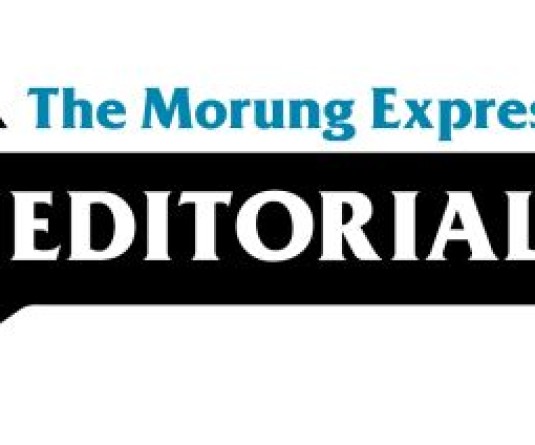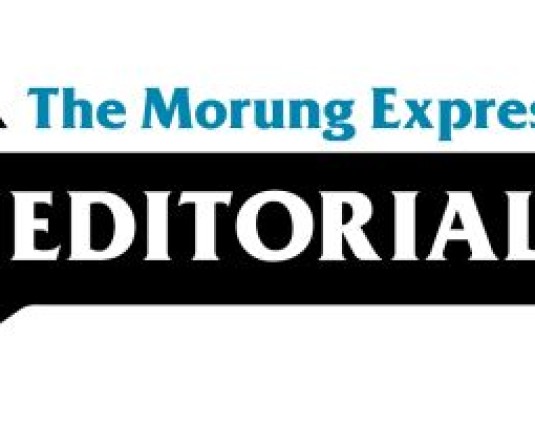
The State’s policy of Divide and Rule has systematically and strategically evolved into one of “Define and Rule.” The Naga people seem to be caught unaware as this form of rule is proving to be efficient and cost-effective. And, most significantly, the ruled population seems to be co-opted into becoming naïve active participants.
Following the decolonization era at the end of World War II the Naga peoplehood has lived through a medley of unending crisis. The victors of World War II limited the decolonization process to the “Blue Water Thesis” and arbitrarily chose to maintain colonial political boundaries. This meant many colonized indigenous peoples and unrepresented peoples, like the Nagas, were denied the right to exercise their self-determining rights. Since then they have continued to languish under new colonial powers and trapped within colonial political boundaries. The selective nature of the decolonization process further dehumanized many of the world’s indigenous and unrepresented peoples.
Given the existing worldwide mono-culture, evolving studies of conflict transformation, self-determination and social change are advocating for a decolonizing methodology that supports understanding the world in which we live. For people and organizations engaged in peacebuilding and transformation, the application of a decolonizing framework in analysis and envisioning is not just inevitable, it is vital. For instance, a decolonizing perspective will inform us that indigenous communities can no longer be categorized as a population, but needs to be recognized as a peoples, meaning as human beings with equal human rights. Without a decolonizing approach and understanding, the imagination is stunted by the present conditions.
The period following the 1997 ceasefire has experienced varying degrees of confrontation, assimilation, resistance, fragmentation, cooptation, and managing a peace without justice. Yet, the present situation emerged primarily out of the changing political dynamics in the post-2015 period offers a new set of challenges. The present Naga political culture did not give due consideration of the need to reflect and connect the 2015 situation to a shared Naga future. Consequently, this gave the crisis a new form and character, which is now surging towards a tipping point. The Indian State’s counter-insurgency project that started in 1963 appears to be in its culminating phase.
When one reflects on Nagaland State from a conflict analysis perspective, one cannot help but recall the political scientist Charles Tilly who concisely pointed out that: War made States, and States, in turn, made War. When we examine carefully, the formation of Nagaland State is a classic example of the link between state building and war making. In the process, the Nagaland State structure has demonstrated its powers to co-opt and tame civil society, and replace it with institutions loyal to the State.
So far the primary role of Nagaland State has been to serve as an administrative security apparatus to manage the differences between the Naga Unionists and the Naga Nationalists. Andrew Gray, an anthropologist and activist of indigenous peoples right, held the view that Nagaland State is a “transformation of the notion of indirect rule in that Nagas are nominally in charge of a state which has its ultimate control in New Delhi” and the “Indian army is necessary to keep it in existence.” By design, Nagaland State is a mechanism to regulate the relationship of dependency on the center. And, in order to fulfill its objective has institutionalized “tribalism.”
Over the course of the ceasefire period we have experienced India’s changing nature of relating with the Nagas. The policy of Divide and Rule has evolved into a crafty Define and Rule policy. Unfortunately, the Naga people have not yet fully recognized this strategic and fundamental shift away from Divide to Define. While the approach has become more sophisticated, the intention to Rule remains the same.
The Naga response which emerged primarily in response against the Divide and Rule policy is outdated. Not only is it proving to be inadequate in meeting the challenges emerging from the Define and Rule policy, it is counterproductive. Unaware of this policy shift, the Nagas too find themselves as active participants in carrying out the systematic process of Define. Today, in a time of Define and Rule, Nagaland State, by extension, becomes the mechanism to Rule over the Defined.
Given the difficult circumstances in which we find ourselves, it is imperative to engage in an honest process of discernment. This involves putting some distance between us and the situation so that there is room for objective, non-reactionary thinking. Hopefully, the process of self-questioning would encourage an examined intentional life of self-transformation. After all, thinking is, by definition, forming thoughts independently.
An independent thinking process may liberate the Naga mind to put into practice a political standard that is future oriented and capable of foreseeing the road ahead by connecting the present to the future. Indeed, politics is fundamentally about linking the present life, a shared reality to the desired shared future.
[1]Inspired by Mahmood Mamdami, Define and Rule – Native as Political Identity (Harvard University Press, Cambridge, Massachusetts, London, England, 2012).





